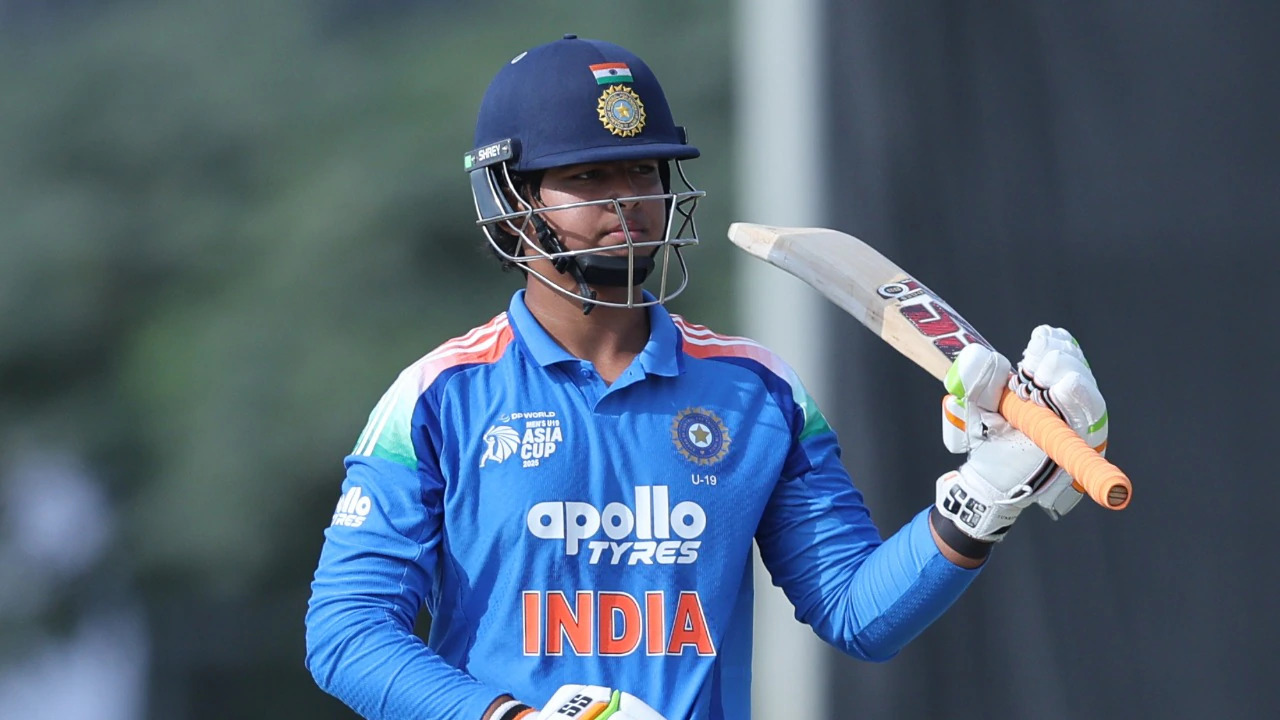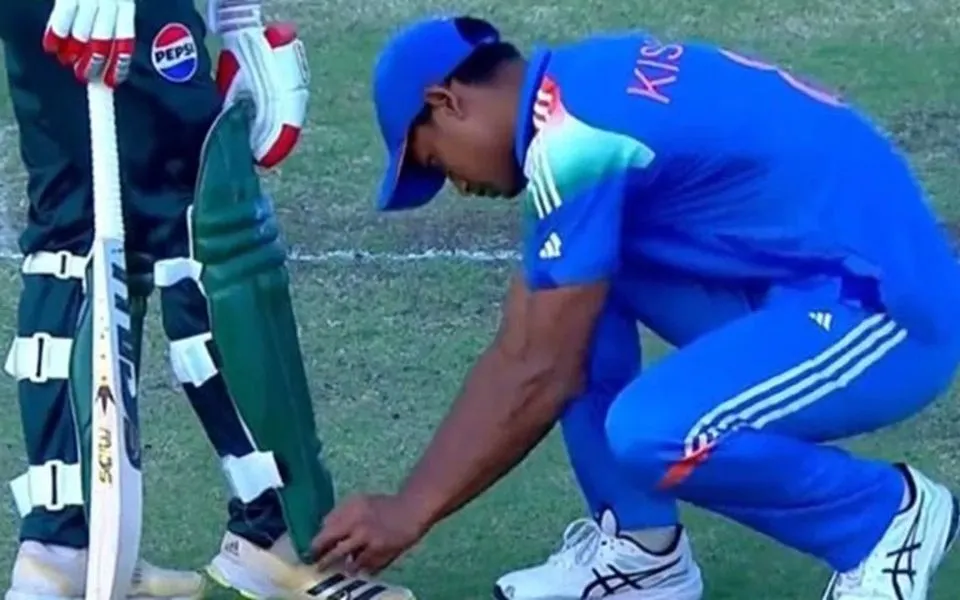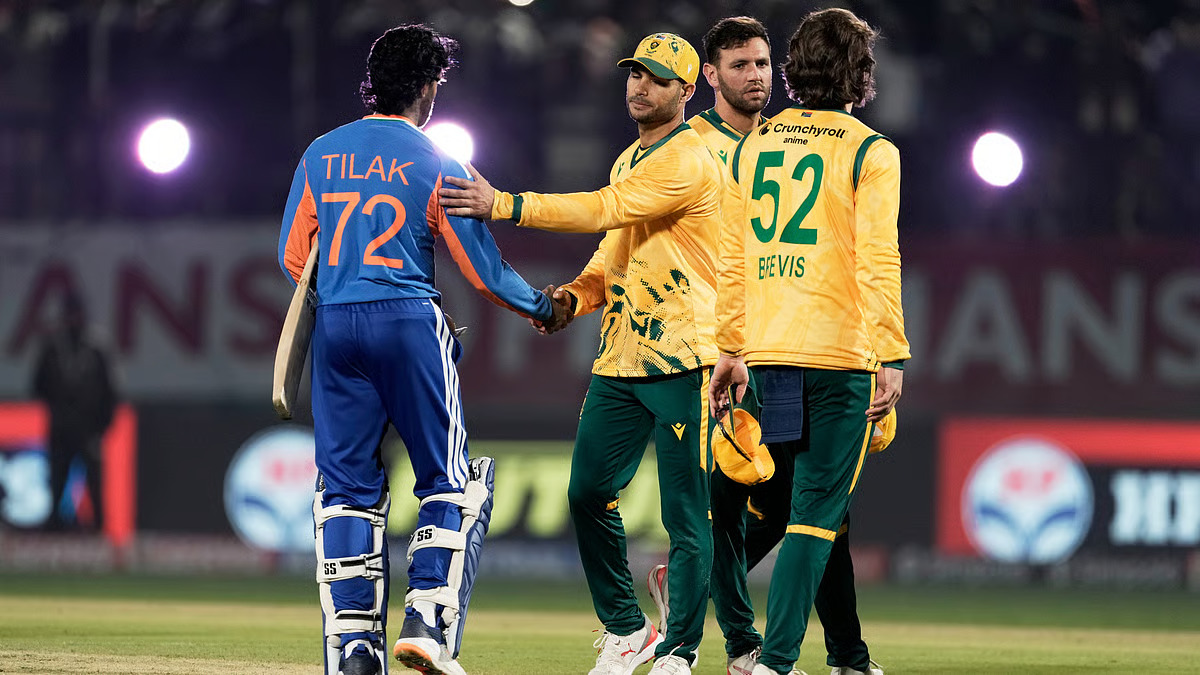As the Big Bash League (BBL 2024–25) slowly draws to a close, T20 cricket mania is still going strong. Teams have fought fiercely thus far in the tournament, with several games going right down to the last second. While batters’ explosive batting provided excitement, there were also a few odd moments that caught everyone’s interest.
A strange event occurred on Saturday during a BBL match between the Melbourne Renegades and Brisbane Heat when the umpire stopped two bowlers from bowling for breaking pitch rules. Interestingly, a bowler completes his follow-through before the crease when bowling. However, occasionally they wind up in the “danger area” while doing so, which could affect how the game turns out later. Therefore, in accordance with established procedures, officials have the authority to prevent a bowler from bowling any further after first issuing a fair warning.
The issue in the BBL clash escalated when the umpires removed two Renegades bowlers in the same T20 match. It’s interesting, and as strange as it sounds, that bowlers rarely make such mistakes that result in penalties. Furthermore, Will Sutherland, the captain of the Melbourne Renegades, was one of the bowlers.
First Suspension’s Will Sutherland
Nathan McSweeney and Jack Wood, the openers for the Brisbane Heat, got off to a cautious start in the opening four overs. Before McSweeney was removed in the eighth over, they then began to score runs at a rapid pace. But Matt Renshaw kept the momentum going. Will Sutherland, the captain, bowled his second session of the day after the tenth over, but Renshaw still hit him off for three consecutive sixes.
But shortly after, the umpire saw Sutherland wandering around the bowler’s end’s protected, or danger, area and called him in. The umpire consequently stopped the Renegades captain from bowling any further. Jack Brown was later brought up to finish the 11th over that was still outstanding.
On the second suspension, Fergus O’Neill
When a similar situation occurred again, the cricket community was caught off guard. This time it was Fergus O’Neill’s turn, four overs after Sutherland’s bowling punishment. In the end, he also found himself strolling in danger. As a result, the umpire thought it was a deliberate maneuver and quickly stopped O’Neill from bowling any more.
Fascinatingly, Sutherland was observed burying his face in complete surprise at the aftermath reaction. So much so that, while fielding, he was heard exclaiming, “It’s a T20 game!” via the stump picture. He believed that a bowler in T20 cricket, at the very least, should not be allowed to walk in the dangerous area. Only First-Class games should adhere to these regulations.
Check out the viral umpire-bowler suspension moments here:
In case you missed it, two Melbourne Renegades players were removed from the bowling attack in their match against the Brisbane Heat.
Here’s what happened 👇 #BBL14 pic.twitter.com/jJtPRVfhCu
— KFC Big Bash League (@BBL) January 18, 2025
What are the rules about strolling on protected pitch areas in cricket?
Speaking of the cricket regulations that control the BBL 2024–25, clause 41.11 of the playing conditions include rules for the offense of “walking on the pitch.”
“That area of the pitch contained within a rectangle bounded at each end by imaginary lines parallel to the popping creases and 5 ft/1.52 m in front of each, and on the sides by imaginary lines, one each side of the imaginary line joining the centres of the two middle stumps, each parallel to it and 1 ft/30.48 cm from it.”
Additionally, regardless of whether the ball was bowled or not, another clause states that a bowler entering the protected area of the pitch during mid-follow-through without a good reason would be considered an offense. Hence, Sutherland’s reasoning was insignificant even by T20 cricket standards.
“It is unfair for a bowler to enter the protected area in his follow-through without reasonable cause, whether or not the ball is delivered,” 41.13.1 states.
An umpire is therefore required to issue two warnings for such offenses before allowing the bowler to continue bowling in the match.
“Instruct the fielding team’s captain to immediately suspend the bowler from bowling. According to article 41.13.4.1, “If applicable, another bowler shall complete the over, who shall not have bowled any part of the previous over nor be permitted to bowl any part of the next over.”
But given the circumstances described above, it was questionable if the umpire had given both Renegades bowlers two fair warnings earlier. Mark Howard did, however, note in his on-air commentary that Will Sutherland had received a warning in the opening over of the innings.




